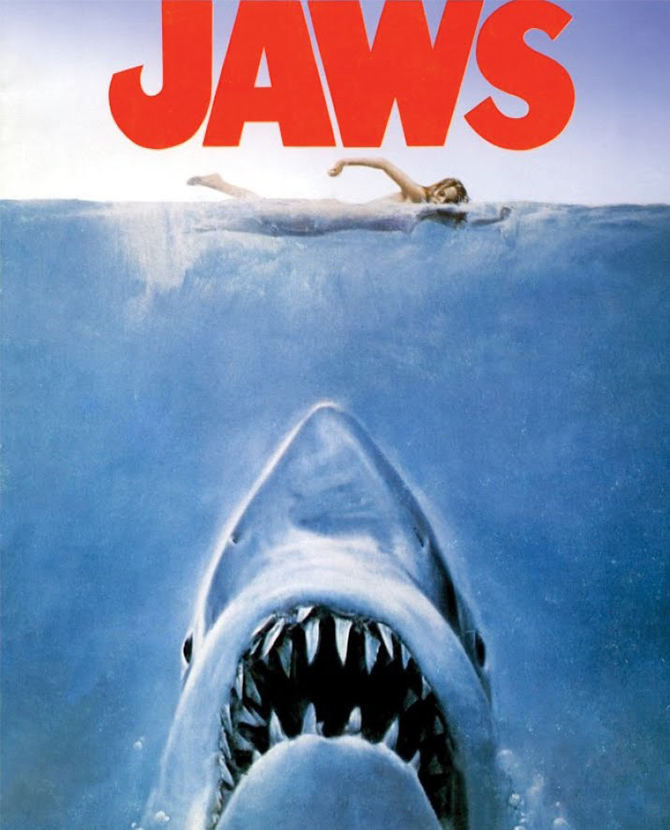It goes without saying that with almost every Hollywood movie that we watch, we have to suspend our beliefs to some extent. Similarly to how a character could never actually scale a skyscraper without any proper climbing equipment (we’re looking at you, Dwayne Johnson) or come out of a horrible car wreck without so much as a scratch on their face a la Vin Diesel in Fast & Furious, we should remember that movies about revengeful sharks and prehistoric animals are not actually real representations of their species.
It’s easy to fall into the trap of believing it is since Hollywood loves playing off our already existing fears of the unknown lurking in deep oceans and the Amazonian rainforests. Unfortunately, these movies have a lasting effect not only in making us fear these majestic creatures but also in negatively impacting conservation efforts.
Here, we set the record straight in how these animals actually behave:
Jaws

It’s safe to say that Jaws created an unprecedented shift in how people during that time, and even to this day, think about sharks. Before the international blockbuster classic hit theatres in 1975, sharks swam freely in the oceans, undisturbed and unbothered. It wasn’t until Steven Spielberg’s summer film that sharks, particularly the Great White, were cemented as the relentless man-eating predator that has an insatiable thirst for human blood.
Beaches reached an all-time low in attendance during the mid-1970s with thousands afraid to even dip their toes in the warm waters. It even spawned many shark hunts and competitions to which many had no remorse killing as they thought they were hunting man-eating predators.
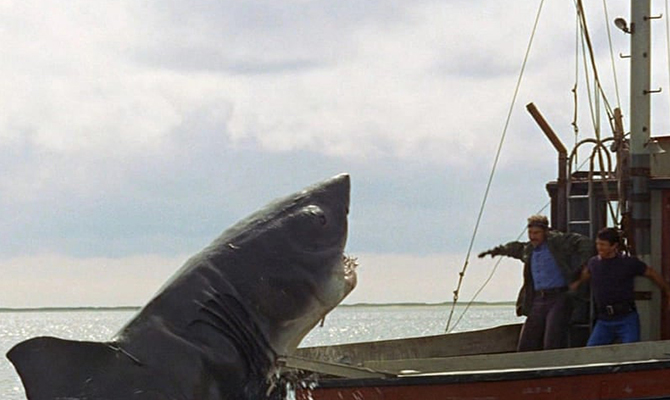
As it turns out, shark attacks are extremely rare, with fatal ones being even lower. According to the International Shark Attack Files, the world’s only scientific data log of all shark attacks, shark attacks have been decreasing every year. In 2019, there were 64 unprovoked attacks (no previous provocation or interaction between human and shark) that saw a decrease in the average of 84 attacks per year. There were also only five fatal attacks during the whole year—three of which were considered provoked attacks by humans initiating interaction with the shark. This is nothing compared to the number of shark killings by humans that is an estimated 100 million to 263 million sharks per year.
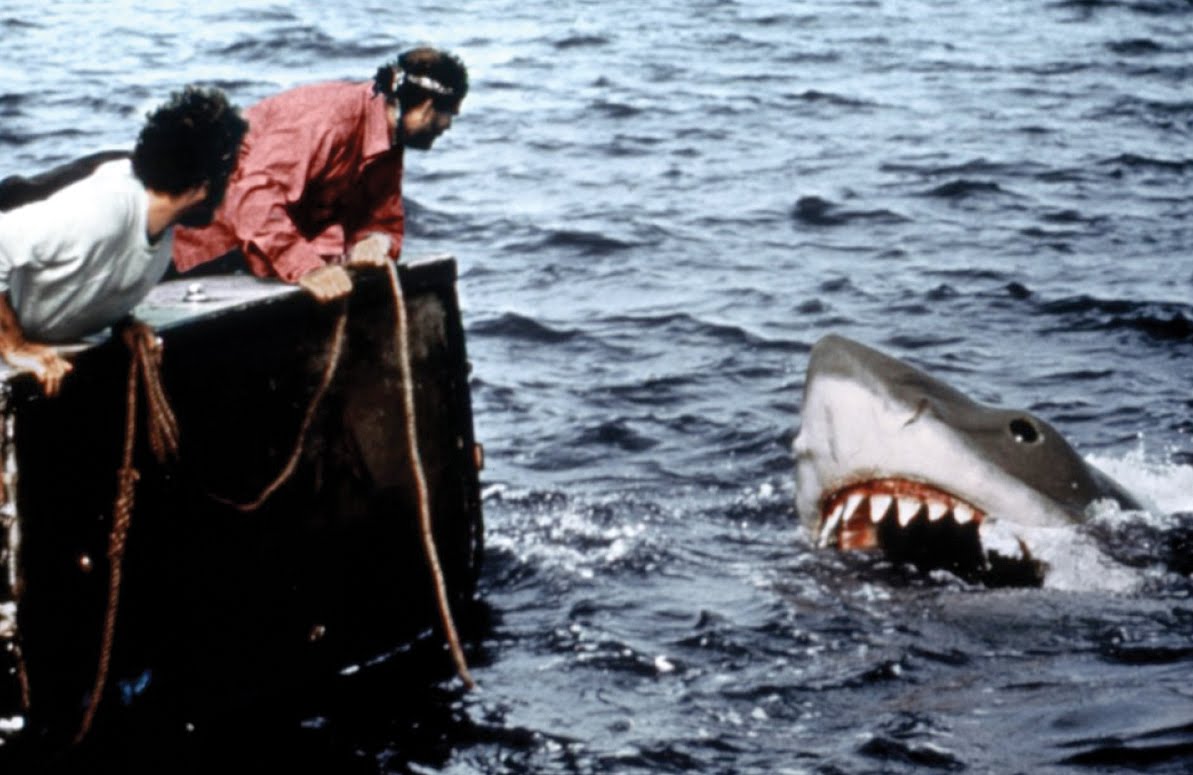
In fact, Jaws was so wrong about shark behavior that Peter Benchley, who wrote the original novel, regretfully expressed in an interview in 2006, “knowing what I know now…I could never write that book today”. Benchley devoted the rest of his life to undoing the effects of Jaws in an almost ironic Frankenstein-monster dynamic.
When sharks do attack humans, it is often not due to any sinister intentions or revenge like what’s seen on screen. Many researchers state that sharks, curious by nature, bite to see if you’re worth eating—and most of the time, humans are not so they’re spit back out. They much prefer seals, fish and other sharks (yes, they prefer cannibalism over our human flesh). Some experts go as far as to say that attacks happen when humans ignore the shark’s warning signs as they are often territorial and mistake humans as competition for their prey.
Just remember, you have a higher chance getting struck by lightning or being crushed by a vending machine than getting munched on by Bruce from Finding Nemo.
Here’s a video of one of the most famous and largest Great White Shark believed to be recorded (20 feet and growing!) named Deep Blue, affectionately dubbed the “gentlest grandma great white”:
Shark Week
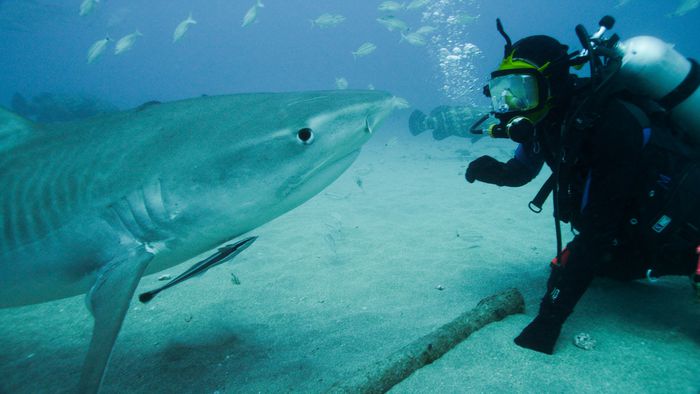
This is not a blockbuster Hollywood movie but it definitely has the action and suspense of one. Shark Week has become a cultural phenomenon since it’s debut in 1988, with many around the world treating it as a national holiday.
But how did a one-week series dedicated to celebrating and dispelling myths about the powerful creature slowly turn into a program that inadvertently fed into those very same misconceptions? Original programs on Shark Week focused heavily on conservation and appealing to viewers’ empathy with titles such as Sharks on the Brink of Extinction and The Man Who Loves Sharks. However, over the years, titles like Great White Shark Serial Killer Lives and Devil Sharks began emerging.
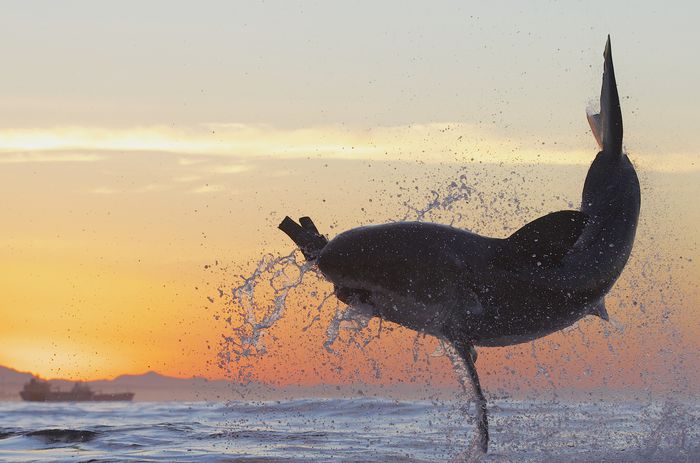
It was like someone up in the boardroom said “More blood, more gore! Give the viewers what they want!” The show narrowed its focus on shark killings with re-enactments and slow-mo footages of great white sharks leaping out of the waters with their prey. As they continued to feed the audience’s morbid fascination and trembling awe at these sharks, one could only speculate how effective the show is at actually forwarding conservation efforts or instilling more fear into the public. We have a feeling they’re creating more of these reactions:
Piranhas
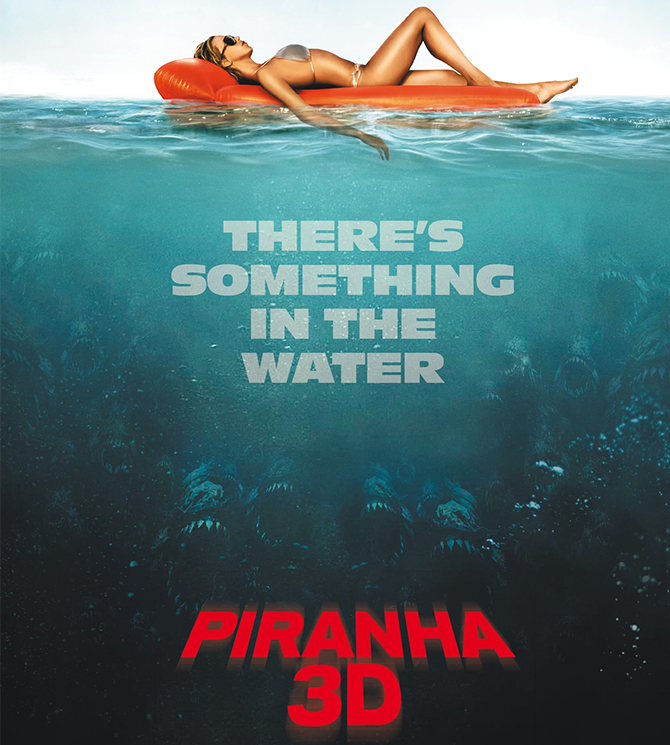
This prehistoric fish has been getting a pretty bad reputation as of late with the popularisation of the 2010 film, Piranha 3D based on the original 1978 Piranha (just three years after the release of Jaws—can you tell Hollywood really ran with the ravenous fish-monster trope?)
While it’s clear Piranha 3D certainly doesn’t take itself seriously as a comedy horror in the B-movie industry, it has still generated a lot of fear about the species since piranhas do eat meat unlike other fishes. Would they really start munching down uncontrollably on the first patch of skin they see if you ever encountered them?
The answer is yes and no. Yes because piranhas will eat meat if they see it floating around but no because they only almost always eat meat of a creature that has already passed and often decomposed. In the cases that they do attack live animals, they are usually the size of a chicken and not a full grown human. Rather than the active predators portrayed in movies, piranhas are actually scavengers that pick off whatever has unfortunately ended up in the waters.
Here’s a fun video of Teller jumping into a container of piranhas (willingly) and oh-so-ferocious piranhas skittishly swimming away:
The most common piranhas used in film are red belly piranhas but there are actually more than 30 species that are mostly vegetarian! Yes, even the ‘carnivorous’ ones like the red belly piranhas are at best omnivorous because they prefer small fish, algae and even seeds.
Anaconda
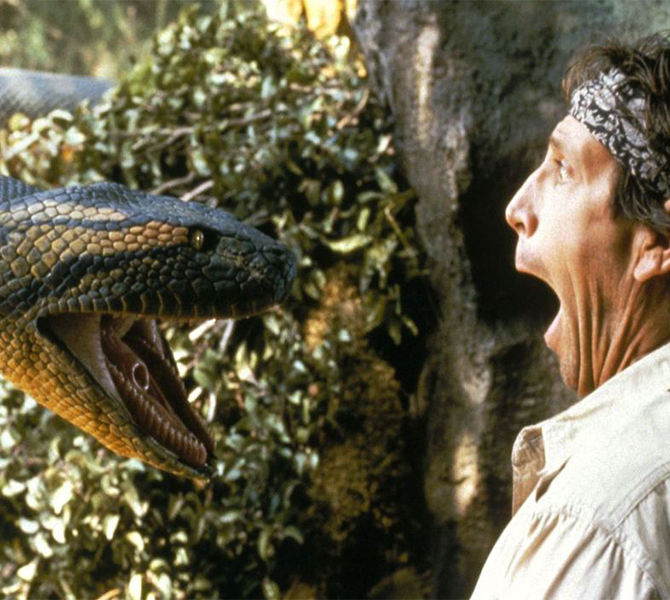
With the Anaconda franchise confirmed for a reboot with a “Meg-style” anaconda (oh boy), here are some facts you can go into the theatres with for a peace of mind.
Unlike how they are portrayed in film, anacondas are not stealth hunters that slither speedily across land on the hunt for food—they’re actually rather slow out of waters due to their weight. With their eyes and nasal openings located on the top of their head, they prefer ambushing their prey while remaining completely submerged sometimes for hours on end.
Another common misconception perpetuated in movies is that anacondas asphyxiate and crush the bones of their prey while coiling around them—this is not the case. Research has shown that anacondas actually use the strength of their constriction to restrict blood flow. Due to the pressure, the heart is unable to pump blood to the rest of the organs in the prey and they subsequently die from ischemia or drowning as this normally occurs in waters.
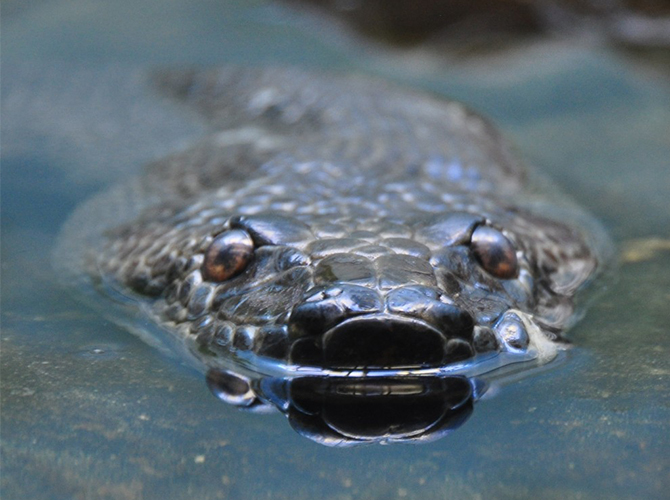
As for them being known as a giant mythical creature that swallows humans whole, well, there isn’t actually enough evidence to support this other than badly made Hollywood movies. There have been very few attacks between anaconda and human recorded—and even the reported attacks have shaky details and cannot be substantiated. There is also no known record of an anaconda eating a human. A full-grown anaconda could also go six months to a year without eating after a big meal so movies where anacondas pick off humans one after another would make no sense, especially since they prefer to conserve their energy as cold-blooded reptiles.
The Happening
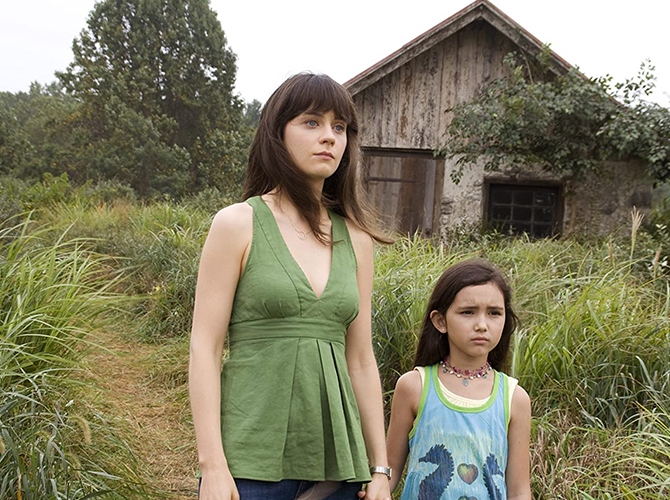
Who else talked lovingly to their plants and apologised profusely to them for not watering them enough after this movie to get on their good side?
Then again, the idea of plants releasing harmful neurotoxins as a result of increased pollution was not completely unreasonable. After all, it’s been documented that marine life can cause red tides as a result of external environmental conditions. If exposed in large quantities to humans, it could lead to throat and nose irritations. So why not plants?
Luckily, if you’re a plant lover (hoarder), we have good news for you. Don’t worry, your plants are not secretly communicating amongst themselves to stage a rebellion so you can breathe a sigh of relief. While biologists concur that plants do communicate, it’s not in the same way humans conversate. Rather, they do so chemically and often release chemicals as a response to herbivores chewing on them so other plants may sense it and produce protective chemicals. They also cannot hear us due to their lack of complex brains and cognitive abilities—so if you were worried your plant was angry at you for begrudgingly calling it high-maintenance, you’re good.
We’re afraid the only real horrors in this disaster movie are its half-cooked execution and Mark Wahlberg’s questionable acting.
| SHARE THE STORY | |
| Explore More |
